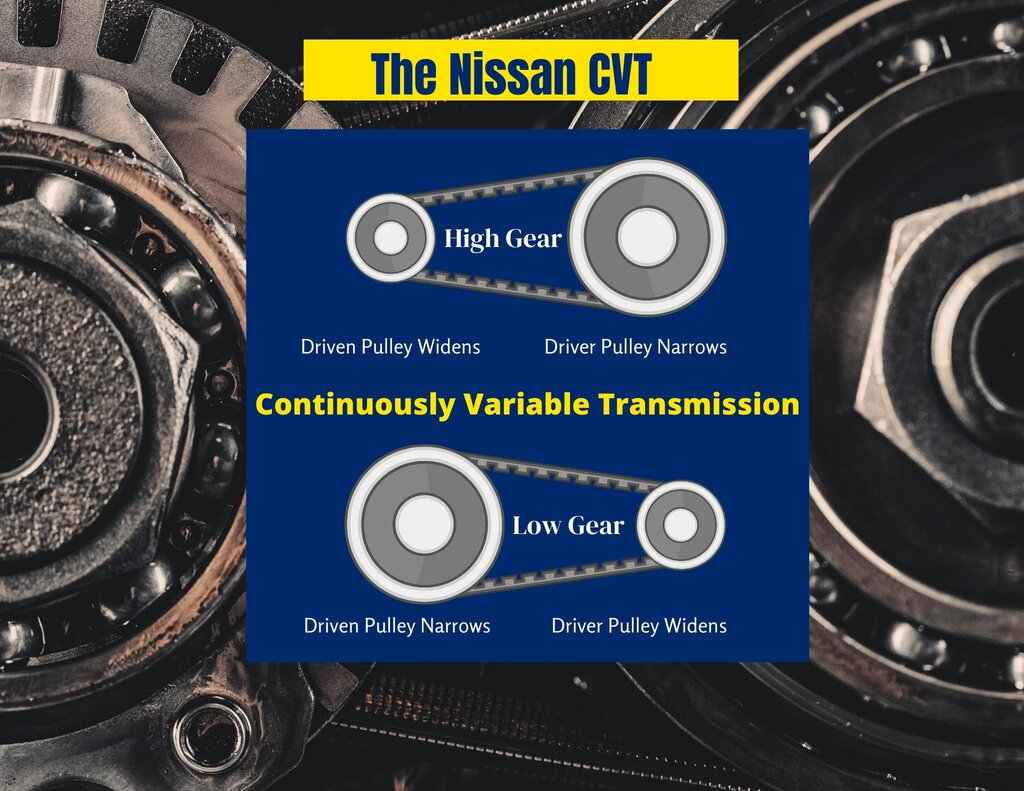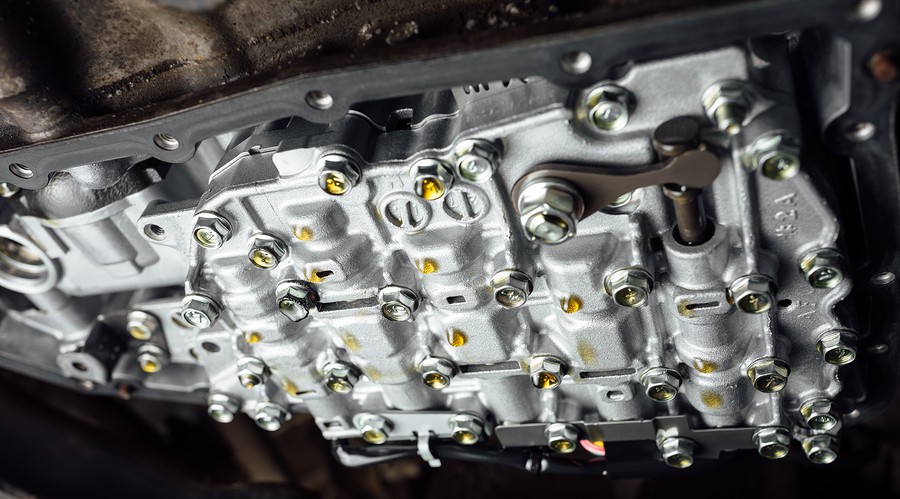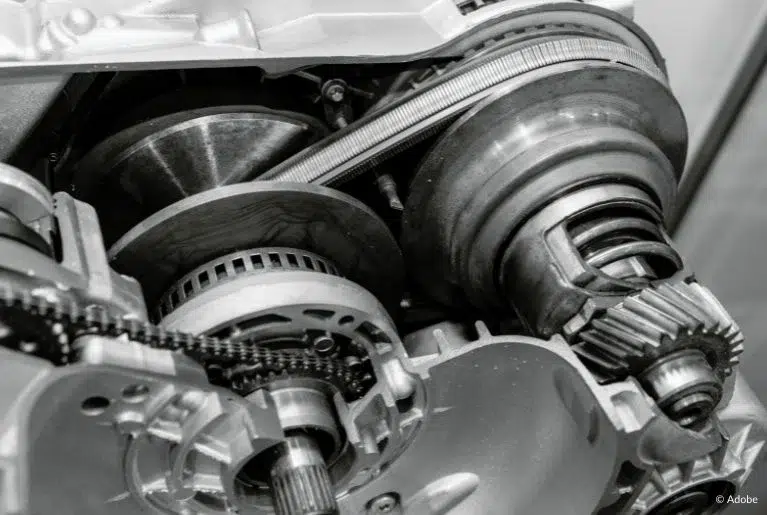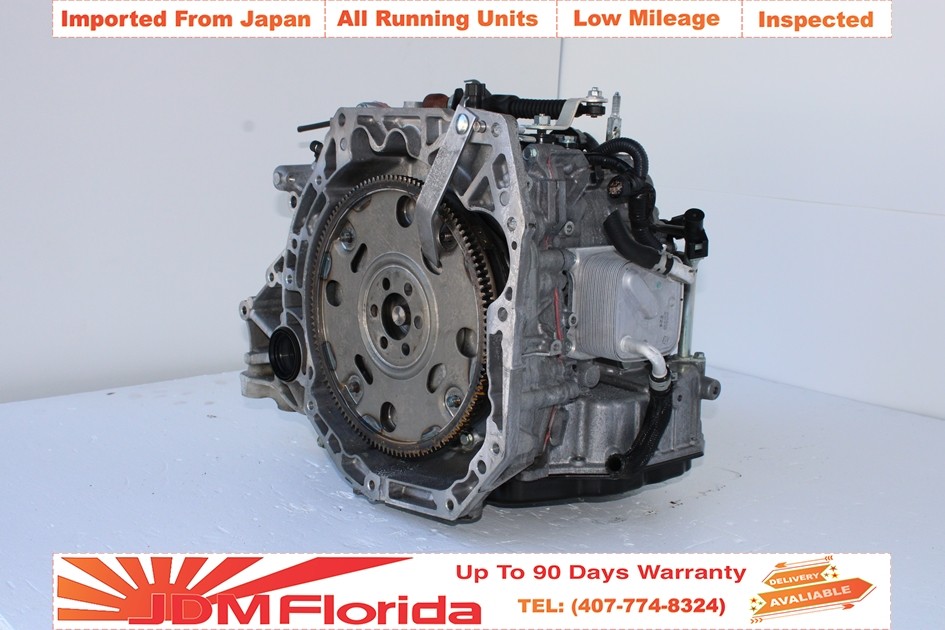2014 Nissan Versa Cvt Transmission Problems

The 2014 Nissan Versa, lauded for its affordability and fuel efficiency, has faced scrutiny regarding potential issues with its Continuously Variable Transmission (CVT). Reports and complaints have surfaced concerning the transmission's performance and longevity, raising concerns among owners and prospective buyers.
This article delves into the reported CVT problems in the 2014 Nissan Versa, examining the nature of the complaints, potential causes, Nissan's response, and the broader implications for vehicle owners and the automotive industry. Understanding these issues is crucial for consumers considering purchasing or already owning this model, as well as for gaining insight into the reliability of CVT technology.
Nature of the Complaints
A common complaint revolves around transmission slippage, particularly during acceleration. Owners have reported experiencing a delay or hesitation when pressing the accelerator, followed by a sudden surge of power. This erratic behavior can be unsettling and potentially dangerous, especially in situations requiring quick acceleration, such as merging onto highways.
Another frequent issue is transmission shuddering or shaking, especially at lower speeds. This vibration can be felt throughout the vehicle and is often accompanied by unusual noises. Some owners have also reported complete transmission failure, rendering the vehicle undrivable.
Potential Causes and Contributing Factors
Several factors could contribute to the reported CVT problems in the 2014 Nissan Versa. One potential cause is the design and inherent characteristics of CVTs. Unlike traditional automatic transmissions with fixed gear ratios, CVTs use a belt-and-pulley system to provide a seamless range of gear ratios.
This design, while offering fuel efficiency benefits, can be more susceptible to wear and tear under certain driving conditions. Over time, the CVT fluid can degrade, reducing its lubricating properties and leading to increased friction and heat within the transmission. Neglecting regular CVT fluid changes can exacerbate these issues.
Driving habits, such as frequent hard acceleration and towing heavy loads, can also place excessive stress on the CVT, potentially shortening its lifespan. The relatively low cost of the Versa may also have influenced component choices, potentially impacting the long-term durability of the transmission.
Nissan's Response and Actions
Nissan has addressed some of the CVT concerns through technical service bulletins (TSBs) issued to dealerships. These bulletins provide diagnostic and repair procedures for specific CVT-related issues.
However, not all reported problems are covered by these TSBs, and some owners have expressed frustration with the effectiveness of the recommended repairs. There haven't been any official recalls pertaining specifically to the CVT of 2014 Versa from Nissan.
Consumer reports suggest there is ongoing investigation.
Some owners have pursued legal action, alleging that Nissan was aware of the CVT problems but failed to adequately address them. The outcome of these legal proceedings could potentially influence Nissan's future actions regarding CVT-related issues.
Impact on Owners and the Automotive Industry
The reported CVT problems in the 2014 Nissan Versa have had a significant impact on affected owners. In addition to the inconvenience and cost of repairs, the transmission issues have raised concerns about the vehicle's reliability and resale value. Some owners have reported experiencing significant financial losses due to the need for costly repairs or replacement of the CVT.
The CVT issues have also raised broader questions about the reliability of CVT technology in general. While CVTs offer fuel efficiency advantages, the reported problems have led some consumers to question their long-term durability. This scrutiny could potentially influence the future adoption of CVT technology in the automotive industry.
The situation serves as a reminder of the importance of thorough research and due diligence when purchasing a vehicle. Consumers should carefully consider the potential risks associated with specific models and technologies, and they should be prepared to address potential maintenance and repair issues.


















